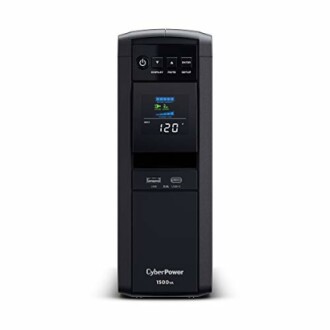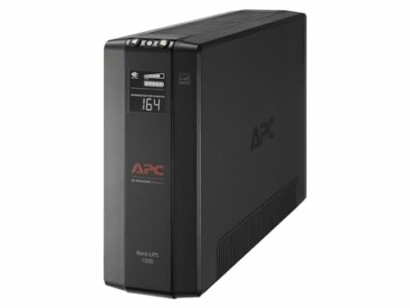
The Future of Battery Backup Solutions in 2025
Key Takeaways
- The demand for reliable battery backup systems is increasing due to climate change and power fluctuations.
- 2025 will see advancements in lithium-ion technology, making batteries more efficient and longer-lasting.
- Smart home integration will be a game-changer, allowing users to control their backup systems remotely.
- Increased awareness about energy sustainability will drive innovation in renewable energy-powered systems.
As we step into 2025, the evolution of battery backup solutions takes center stage. The need for dependable and efficient power sources is more pressing than ever, particularly as climate change brings on unpredictable weather patterns and power fluctuations. In this article, we will explore the upcoming trends and technologies in battery backup systems that will shape the future of energy management.
Current Trends in Battery Backup Solutions
The battery backup industry is rapidly evolving, driven by technological improvements and the increasing need for reliable power sources:
- Efficiency Gains: Modern batteries are becoming more efficient, allowing users to draw more power without significantly increasing the size or weight of the units.
- Smart Tech Integration: Smart home systems enable homeowners to seamlessly manage their battery backups through mobile applications.
- Sustainability Focus: More brands are committing to eco-friendly practices, leading to greater innovation in renewable energy solutions.
2025 Battery Backup Technologies to Watch
1. Advanced Lithium-ion Batteries
The future of battery backups largely hinges on advancements in lithium-ion technology. With improved energy densities and faster charging times, these batteries will dominate the market. We'll likely see:
| Feature | Description |
|---|---|
| Higher energy density | Allows for smaller, lighter batteries that have longer runtimes. |
| Faster charging | Reduces downtime and increases utility during emergencies. |
| Improved cycle life | More charges and discharges without performance loss. |
2. Integration with Renewable Energy
As we look to the future, the integration of battery backup systems with renewable energy sources, such as solar power, will become more widespread. This synergy helps users stay prepared during blackouts while reducing reliance on traditional power grids. Innovations in solar charging kits will further empower self-reliance.
Explore solar charging kits3. Smart Battery Management Systems
New battery systems may feature smart management capabilities, providing users with real-time data regarding their energy consumption, battery health, and usage patterns. Such features will be easily accessible through mobile apps.
Highlighted Products for 2025
CyberPower CP1500PFCLCD PFC Sinewave UPS System
A robust backup system designed to support active PFC and conventional power supplies, ideal for home and office settings.
Learn MoreAPC UPS 1500VA UPS Battery Backup and Surge Protector
Provides reliable power backup and surge protection, ensuring your devices remain safe during power disruptions.
Learn MoreThe Future of Emergency Preparedness
With natural disasters becoming more common, the importance of emergency preparedness cannot be overstated. Battery backup solutions are integral to any emergency strategy. Consider reading more on emergency preparedness strategies to enhance your resilience.
Conclusion
As we move forward into 2025, battery backup solutions continue to evolve alongside advancements in technology and the increasing emphasis on sustainability. Understanding these trends and incorporating effective battery backup systems into our lives can greatly enhance our preparedness for emergencies.
Tips for Beginners
- Understand your power needs: Consider what devices you really need to keep running during an outage.
- Regularly maintain your battery backup systems to ensure they are ready when you need them.
- Stay informed about new technologies that could make your current setup more efficient.
Pros
- Reliable power during outages
- Enhanced functionality with smart integration
- A wider range of eco-friendly products
Cons
- Initial investment can be high
- Some systems may require regular maintenance


